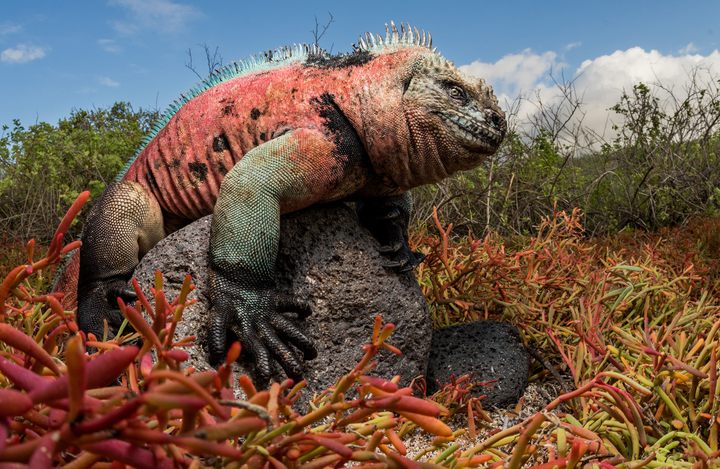
For One Photographer, Reptiles Rule the Galápagos
Lucas Bustamante wants you to fall in love.
It took a lot of effort for Ecuadorian photographer Lucas Bustamante to reach one of his models. First he had to get to Wolf Island, a remote and tiny rock in the Galápagos archipelago where tourists aren’t allowed. (He had a permit.) Then he had to climb a lava-rock cliff to reach the summit of the island, where his subject—the small, delicately speckled, and vunerable wolf leaf-toed gecko—lives. They can only be found on Wolf Island and the even more distant Darwin Island. “I just had a few hours to reach the target,” Bustamante says. “It was a lot of pressure and the climbing was tough but I got it.”
The result of this encounter and many others are featured in Reptiles of the Galápagos, a book coauthored by Bustamante (along with Alejandro Arteaga, Juan Guayasamin, Washington Tapia, and Jose Vieira)*, who has been focused on photographing reptiles for years. The book is the first fully comprehensive field guide of reptiles of the islands. The unique setting there—extremely isolated, at the confluence of three ocean currents, impacted by seismic and volcanic activity—has created an unusual menagerie of plant and animal life, and the reptiles are no exception. Though the islands have been studied for centuries—including Darwin’s famed work there—they still hold secrets. In the last 10 years, five new species of reptiles have been described there, and there are many more just waiting to be named.
Though the beloved giant tortoises are well known, Bustamante believes that the islands’ scaly and slithery creatures deserve even more attention. As cofounder, with Alejandro Arteaga, of Tropical Herping, a research and tourism institution based in Ecuador, Bustamante has traveled around the world with his camera to promote the conservation of hundreds of species of reptiles and amphibians in danger of extinction (even braving countless snakebites in the process). One of his greatest challenges in photographing reptiles, he says, is finding ways to get people to “fall in love with them and raise their willingness to protect them.”
Atlas Obscura spoke with Bustamante about his reptilian obsession, the challenges of the Galápagos, and the joy of sharing his photos.
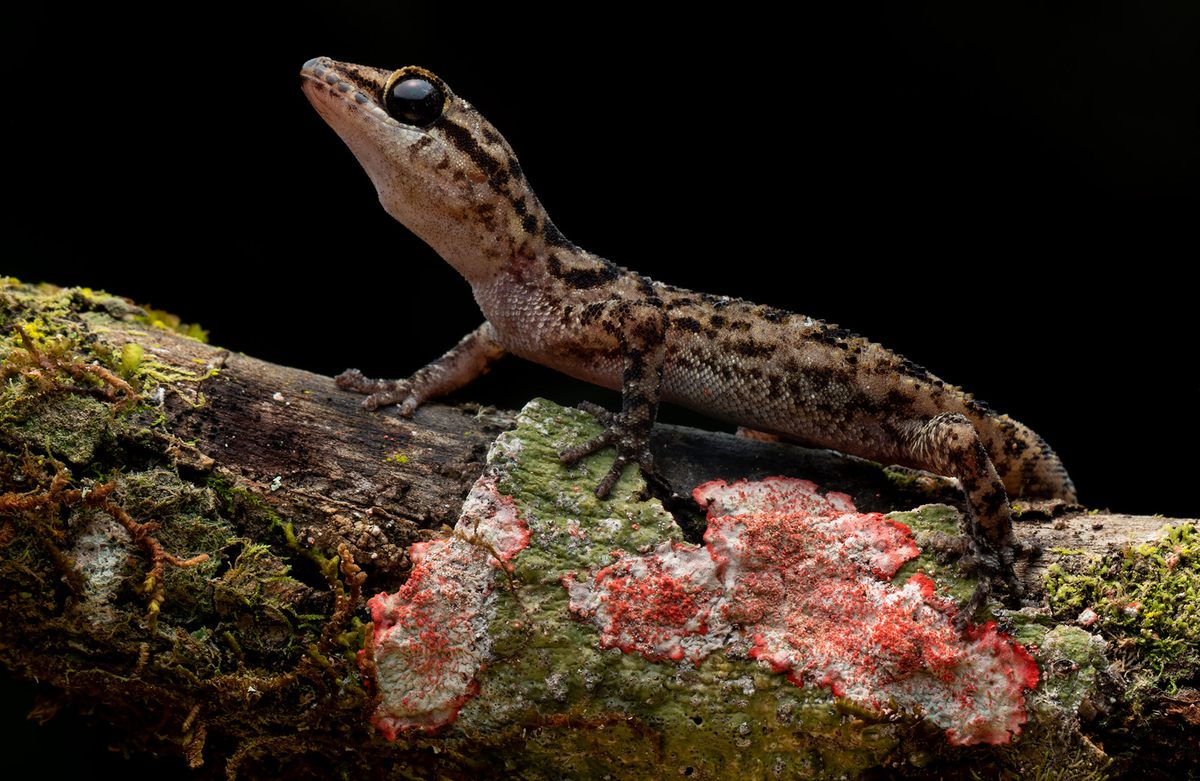
Why reptiles?
My inspiration started in paying attention to reptiles, even before photographing them. I remember that since I was a kid, when I fell in love with dinosaurs, there was something in snakes that called to me. When I started traveling and encountering more and more iguanas, caimans, snakes, etc., these became my real-life dinosaurs. Also, this group of vertebrates is not as well studied as others, so you can always find something new, such as any unreported behaviors.
Mixing this with my passion for photography makes it possible for me to be around my favorite creatures and show to the world how cool and important they are, and that we need to protect them.
Which reptiles in this book stand out for you?
First for sure is the Galápagos pink iguana. When I first saw it, it was a dream come true for me. I felt like I was in a fairy tale. How often do you see a big pink reptile? And if you remember that they only live on top of an active volcano in one of the most remote places on Earth, and were just discovered 10 years ago, it was just a lifetime opportunity and assignment. Photographing them was challenging as well. In contrast with the Galápagos land iguanas, they are very aggressive and very fearless. They are like mini-crocs.
On the same expedition and location, but in the foothills, I saw and photographed Andy Sabin’s leaf-toed gecko. We thought that maybe we had found a new species when we encountered it, and after the genetic results came back to us, we knew it for sure! It’s pretty exciting, as a biologist, to photograph a species new to science, and even better when you are in an exclusive and remote location.
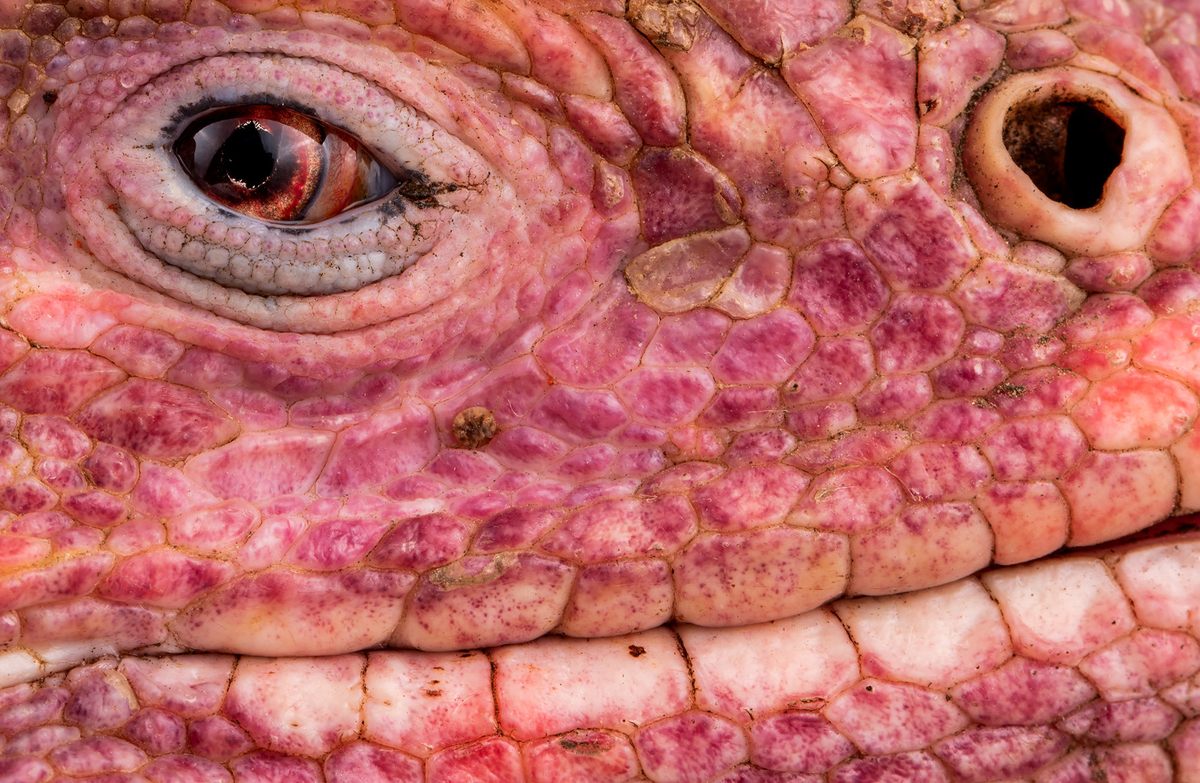
What is your favorite part of the photographic process?
There are two clear things: the creative part and the communication and sharing process.
When I’m in front of a subject that I want to photograph, I love to study it first. I try to understand how it moves, what it does, how it behaves. Only after that do I try to translate that in my images.
And once I get the images, I love to find the best way to share the moment, the message, and the story. That is the most important and challenging part for me. I think that photography is the best tool to translate science and nature to the general public, to make them fall in love with an animal, feel inspired by a landscape, and also worry about the problems these animals face. I think that this is the core of using photography, to raise global awareness for environmental conservation.That’s the process that I most enjoy!
How have scientists and researchers been able to use your super-detailed photos?
The most important and general way is to have them in a free online database with all the documentation, accurate morphological and genetic data, maps, and a lot of literature on each reptile.
We get emails daily from people—from volunteers to PhDs—who want to get involved with us. I think that without our graphic material, all this interest would never be there. We, humans, are very emotional and visual beings, so that is the starting point to wake up interest and start a change.
This interview has been edited for length and clarity.
* This article was updated to include the names of Bustamante’s coauthors.
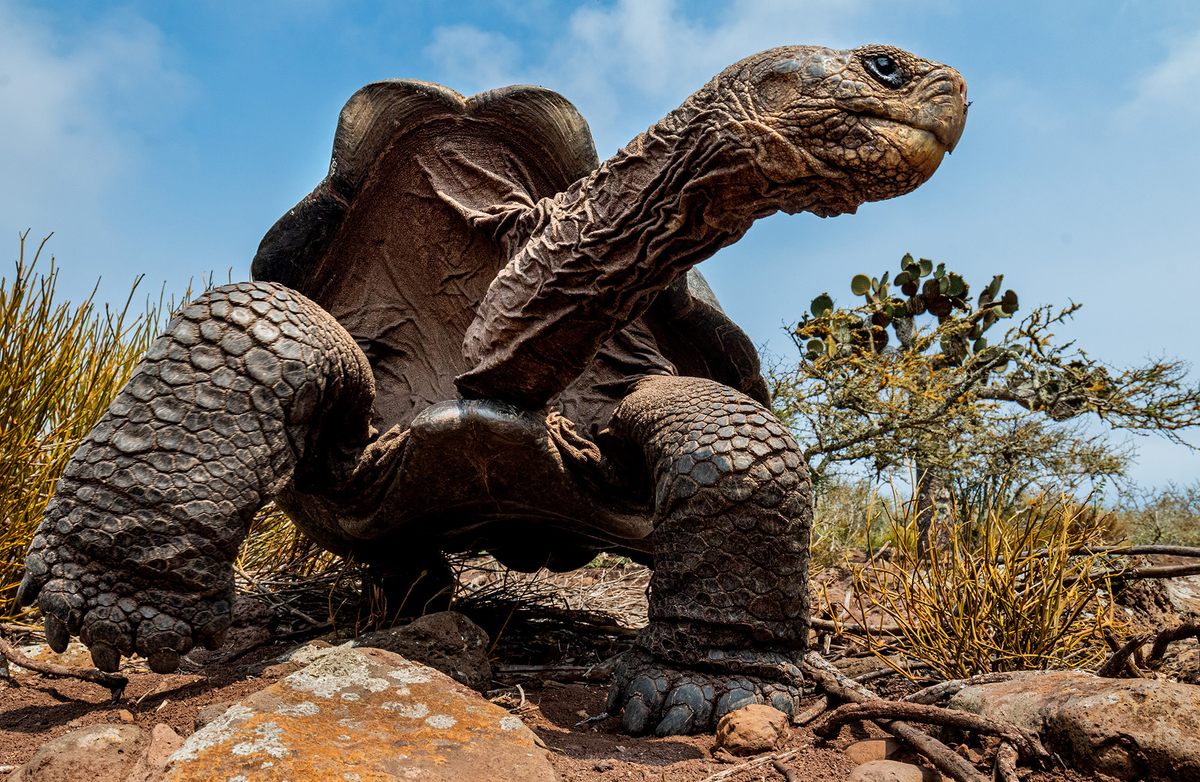
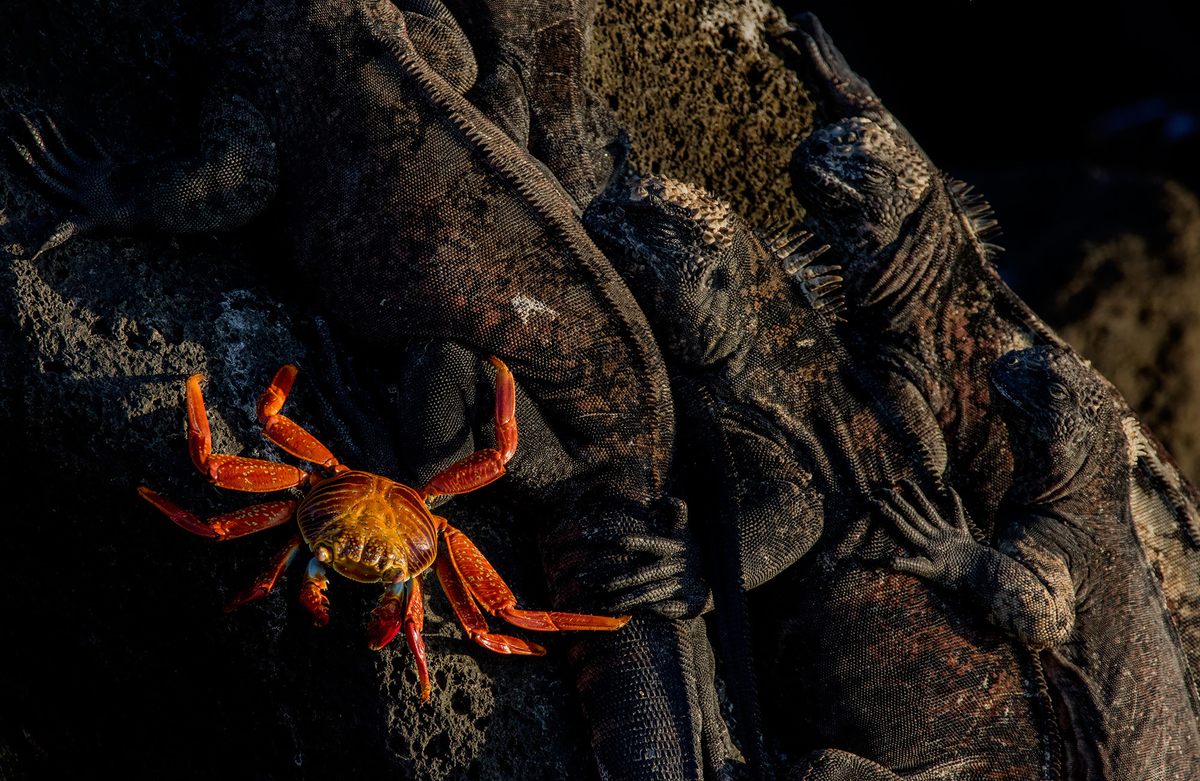
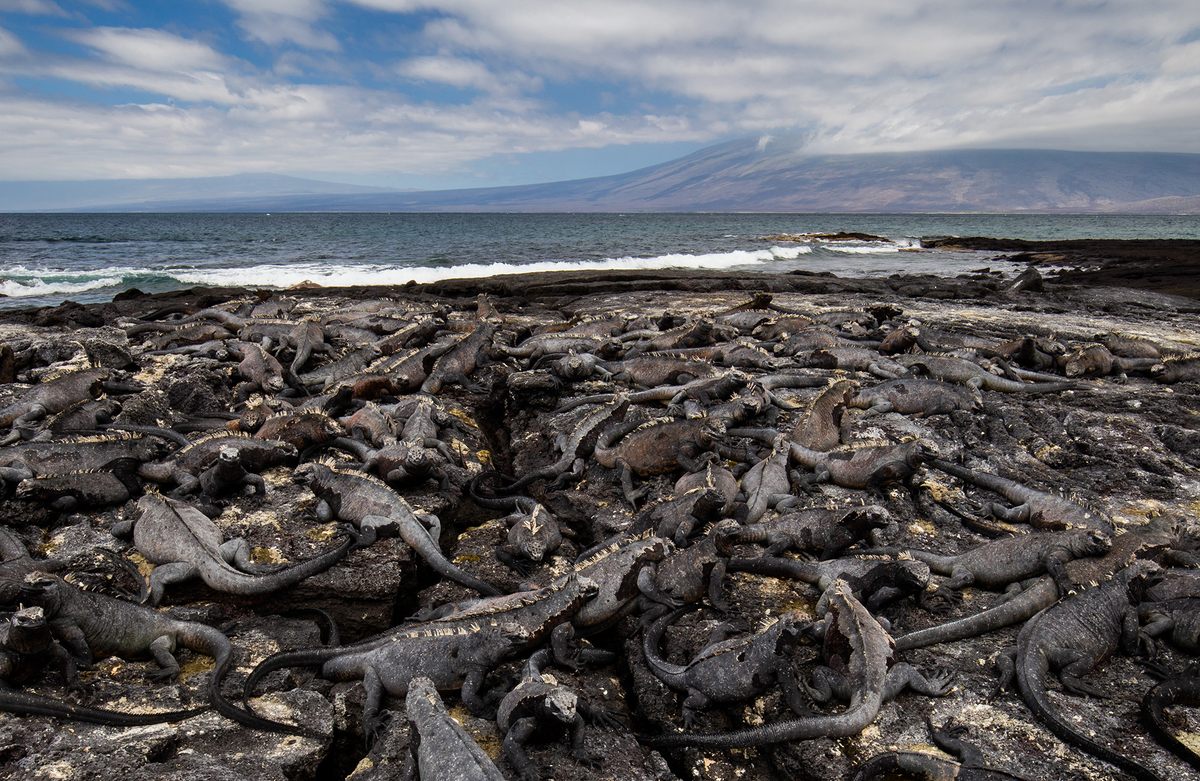
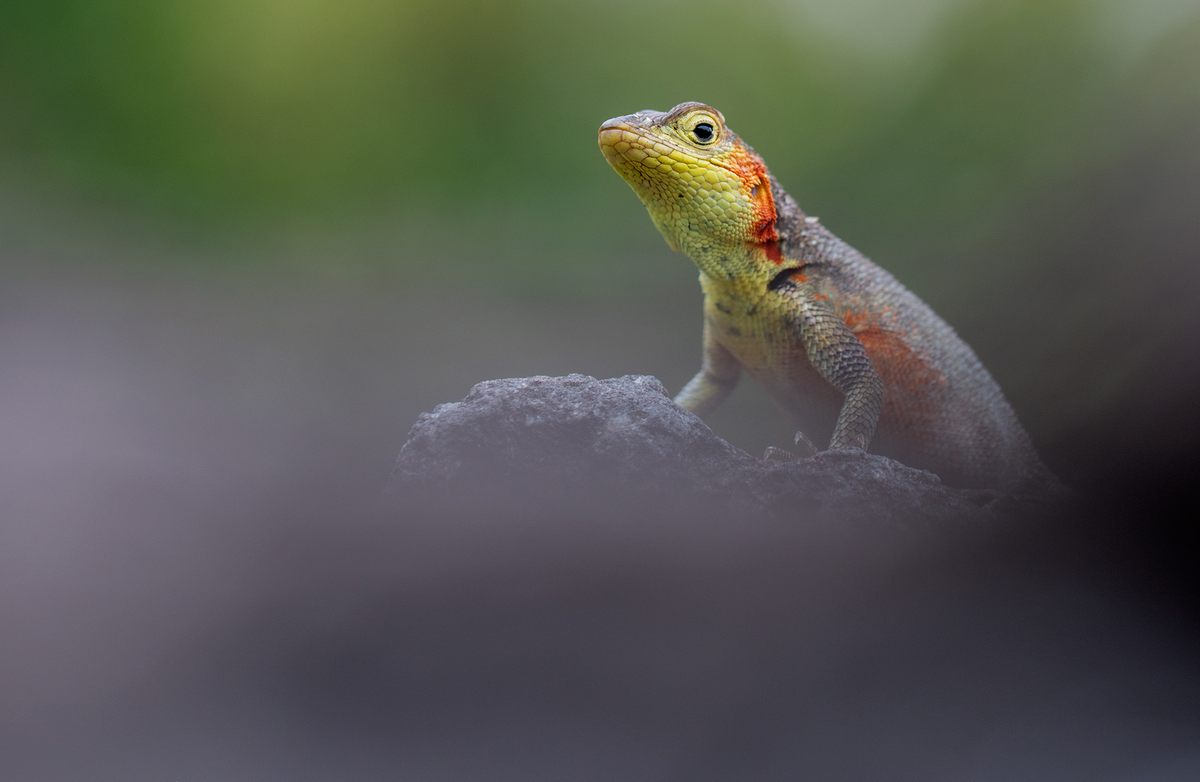
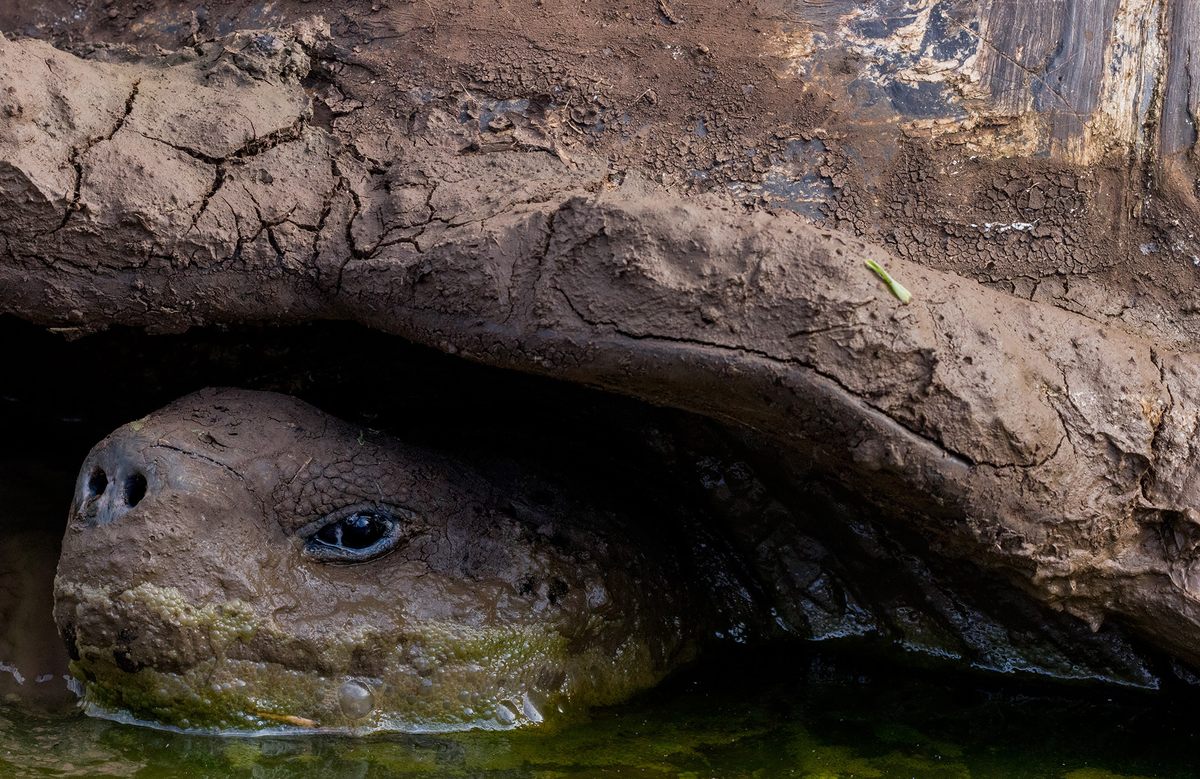
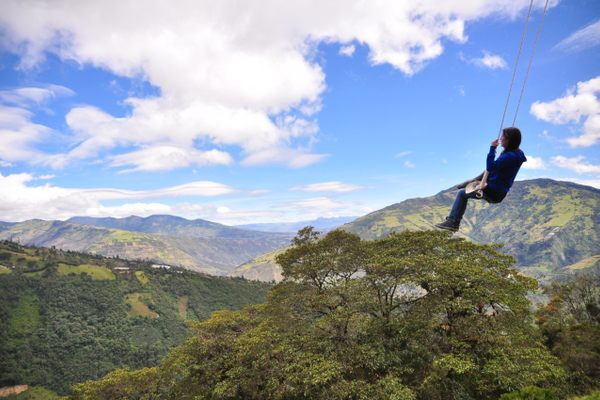
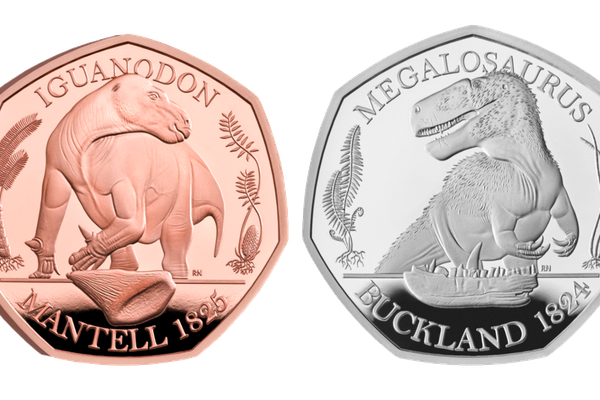


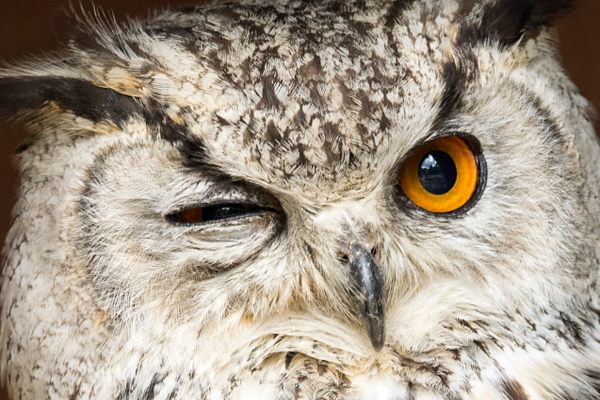
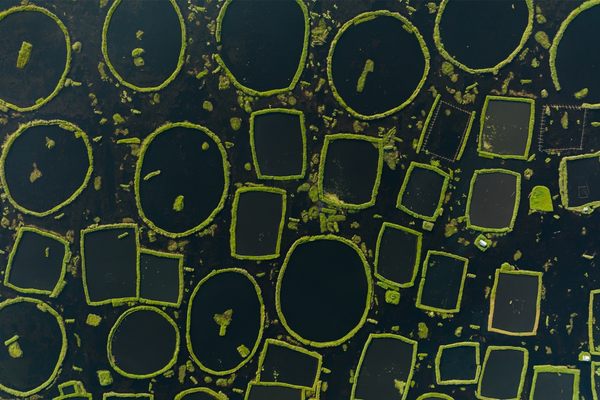












Follow us on Twitter to get the latest on the world's hidden wonders.
Like us on Facebook to get the latest on the world's hidden wonders.
Follow us on Twitter Like us on Facebook